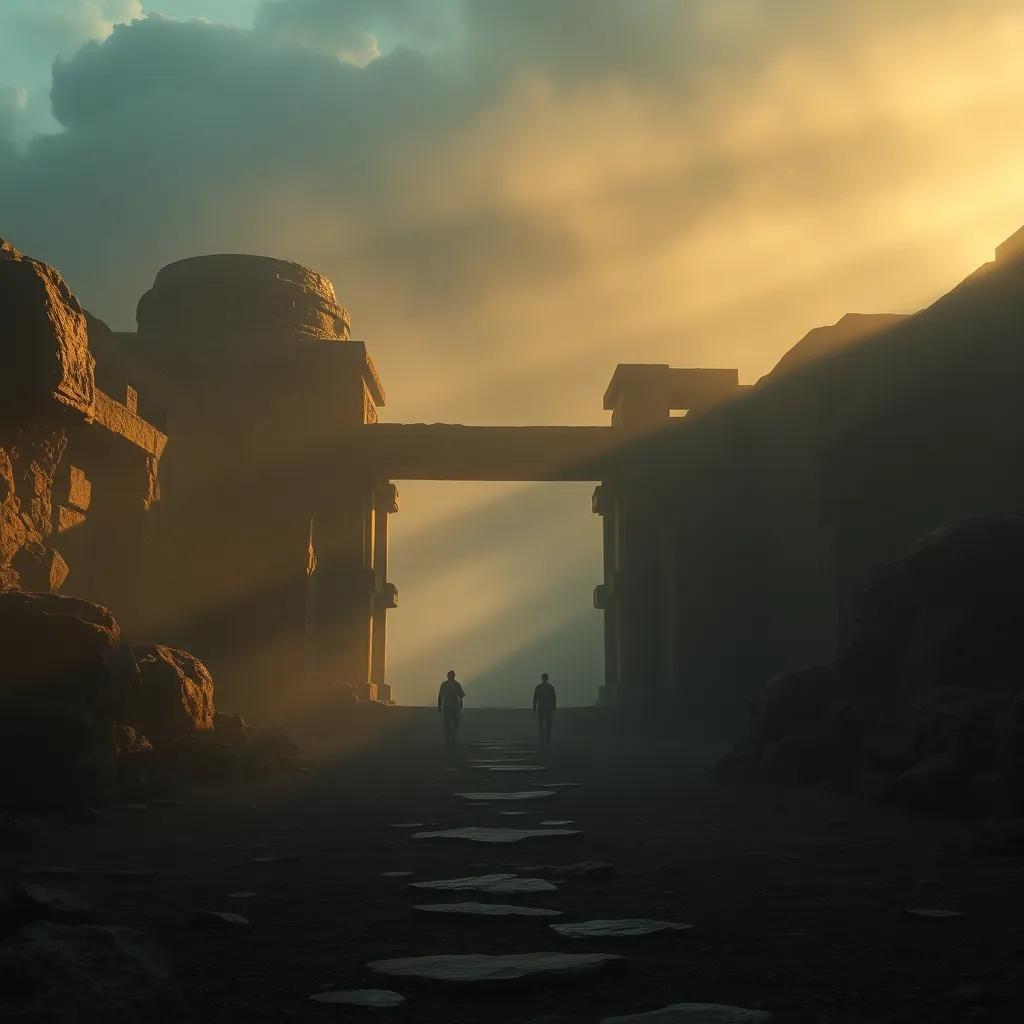Table of Contents
Ancient energy Insights

Have you ever wondered how ancient civilizations harnessed energy from their environment? Long before the advent of modern technology, cultures around the world implemented innovative energy solutions that still resonate today. Understanding these practices matters more than ever as we face contemporary environmental challenges. This article explores three key insights from ancient civilizations: solar energy, wind power, and water management systems.
Solar Symphony of the Ancients
The ancient Egyptians utilized the sun’s energy effectively, reflecting a deep understanding of solar power long before it became mainstream.their architectural designs, notably the alignment of the pyramids, were intentional to maximize sunlight.
- Key Ruths of Solar Energy:
- Building Orientation: structures were positioned to capture daylight.
- Use of Glass: Early windows acted as passive solar collectors.
- Color and Material: Light colors and materials absorbed minimal heat, optimizing interiors for comfort.
Their approach teaches modern architects and engineers the value of utilizing the sun’s energy naturally.Today,passive solar design is a crucial part of lasting architecture,reducing dependency on artificial heating and lighting.
Harnessing the Winds
Ancient Persia was a pioneer in wind energy, utilizing windcatchers-tall towers designed to capture the breeze. These clever structures, functioning like modern-day turbines, provided cooling airflow without electricity.
- How Windcatchers Worked:
- design: Structures were equipped with sloped openings to funnel wind inside.
- Cooling Effects: the wind circulated through the building,providing natural air conditioning.
- Cultural Adaptation: Adapted to local climate conditions and materials.
This ingenuity underscores the timeless relevance of using renewable resources for climate control. With rising energy demands, such passive cooling techniques are increasingly recognized for their potential in sustainable urban planning, demonstrating ancient wisdom’s modern viability.
Water and Energy Efficiency
The Roman aqueducts represent a monumental achievement in water management that also expedited energy efficiency. By channeling water over long distances, they ensured the transportation wasn’t reliant on animal or human power.
- Key Features:
- Gravity Use: The aqueducts relied on gravity to flow water, minimizing energy usage.
- Consumption Reduction: Efficient transport reduced waste and improved agricultural productivity.
- Innovation in Engineering: the arches and bridges are architectural marvels demonstrating the Romans’ mastery of managing natural resources.
As modern societies grapple with water scarcity, these ancient systems remind us of the importance of integrating energy efficiency with resource management. The lessons from their ingenuity continue to guide today’s engineering and design practices.
Powering Tomorrow

Reflecting on the groundbreaking energy practices of ancient civilizations provides valuable insights into our future. Their innovative methods of harnessing solar, wind, and water energy illustrate approaches we can adapt today. The most vital lesson learned is that sustainable energy isn’t a modern invention; it’s a rediscovery of wisdom from the past.
Let’s honor these ancient insights and consider how we can implement them into our daily lives for a sustainable future. What energy practices from history inspire your choices today?



